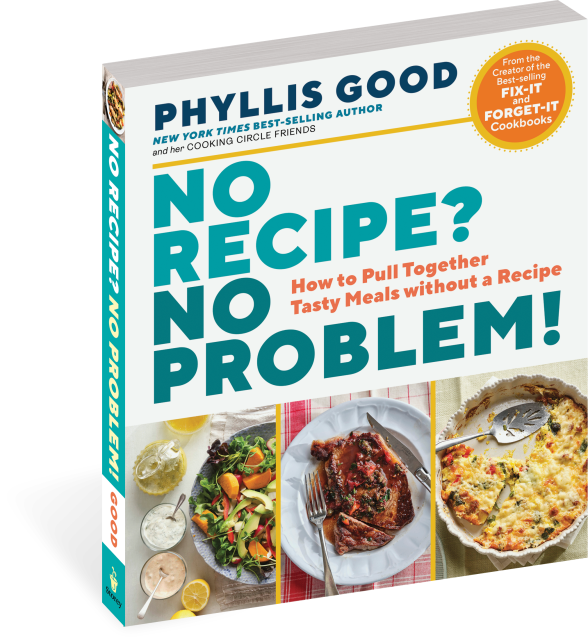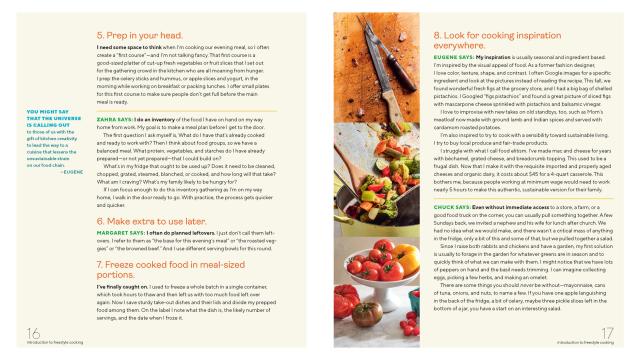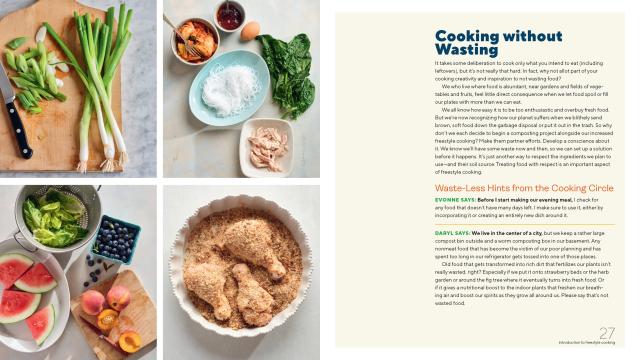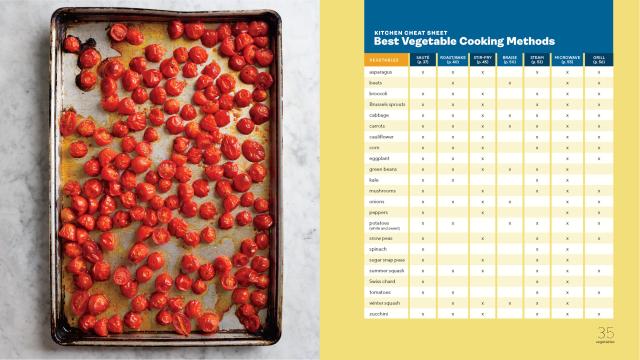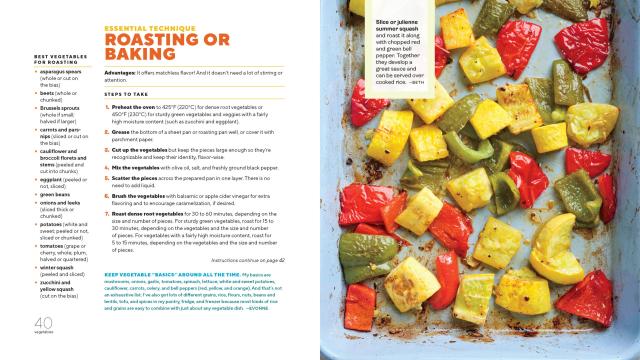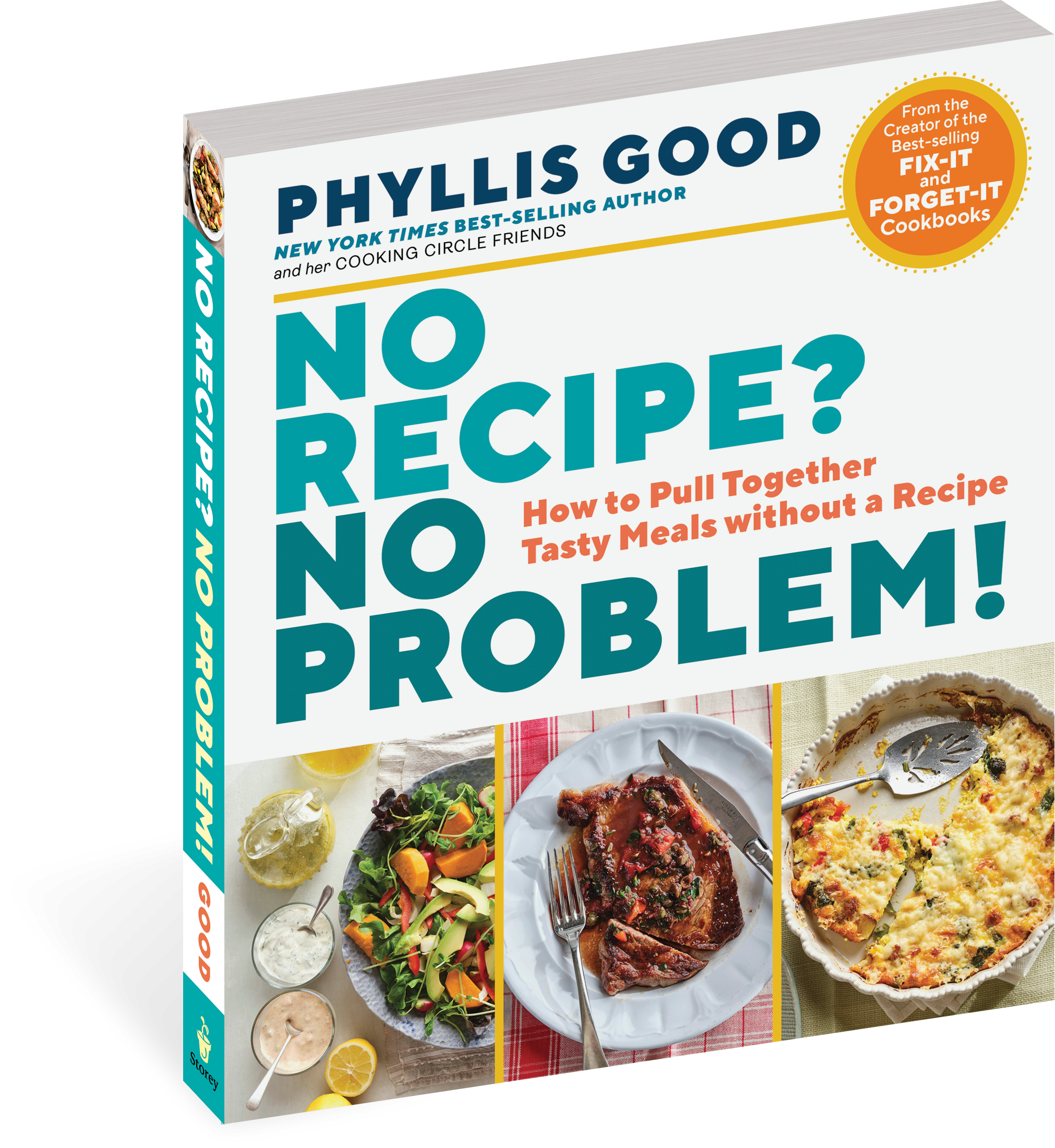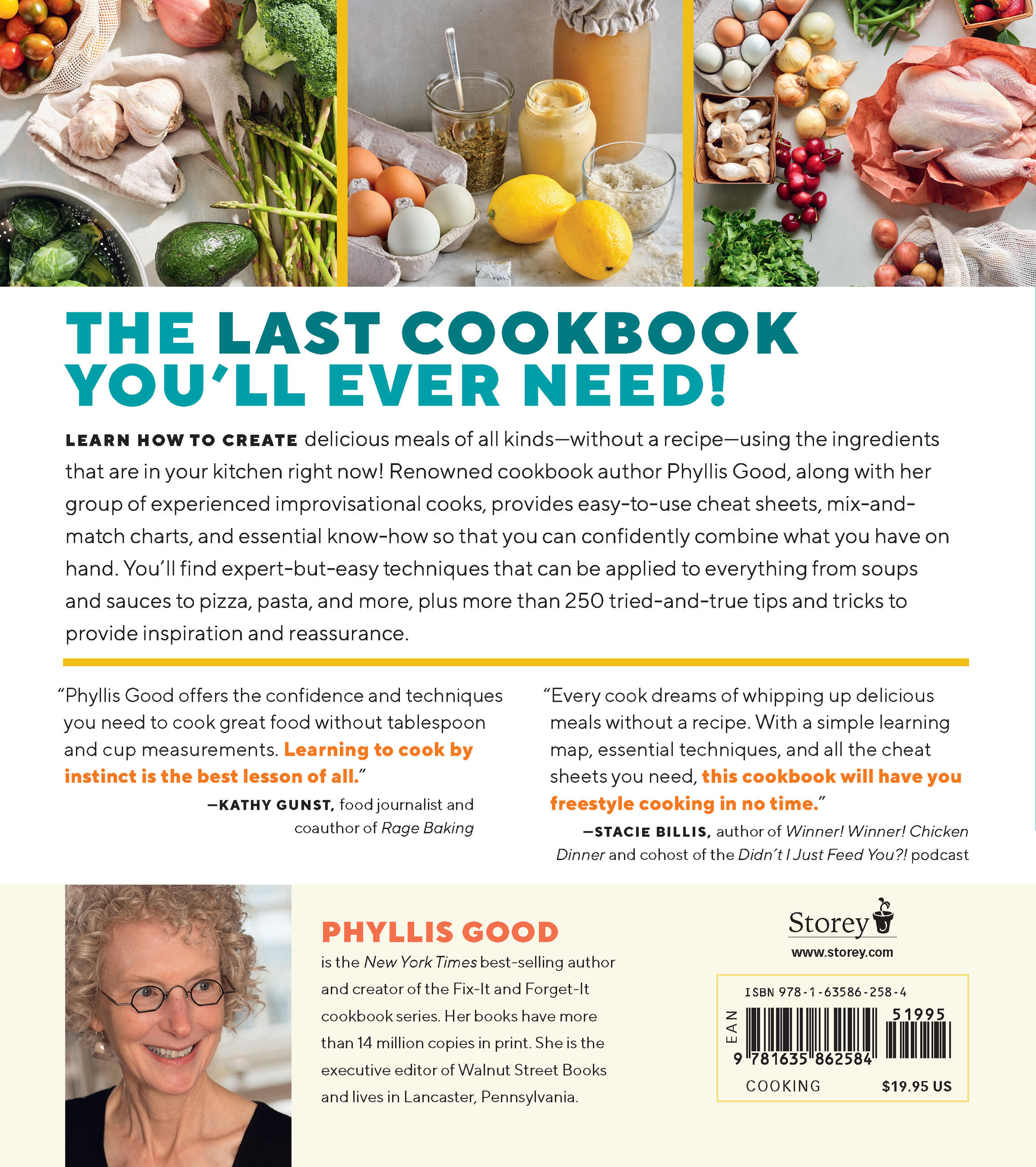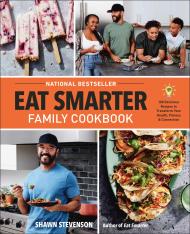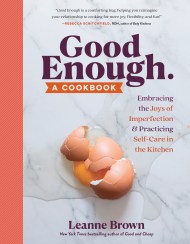Promotion
Sign up for our newsletters to receive 20% off! Shop now. Exclusions apply.
By clicking “Accept,” you agree to the use of cookies and similar technologies on your device as set forth in our Cookie Policy and our Privacy Policy. Please note that certain cookies are essential for this website to function properly and do not require user consent to be deployed.
No Recipe? No Problem!
How to Pull Together Tasty Meals without a Recipe
Contributors
By Phyllis Good
Formats and Prices
Price
$19.95Price
$24.95 CADFormat
Format:
- Trade Paperback $19.95 $24.95 CAD
- ebook $11.99 $15.99 CAD
This item is a preorder. Your payment method will be charged immediately, and the product is expected to ship on or around May 11, 2021. This date is subject to change due to shipping delays beyond our control.
Also available from:
Genre:
-
"Cooking without recipes may sound intimidating, but Phyllis Good offers the confidence and techniques you need to cook great food without tablespoons and cup measurements. Learning to cook by instinct is the best lesson of all." — Kathy Gunst, coauthor of Rage Baking and resident chef for NPR’s Here and Now
"Every cook dreams of whipping up delicious meals without a recipe. Those who love cooking chase the dream for creative freedom (and some glory, too!), while those who hate to cook seek ease in the kitchen. No matter which group you belong to, No Recipe? No Problem! is your new kitchen holy grail. With a simple learning map, essential techniques, and all the cheat sheets you need, this cookbook will have you freestyle cooking in no time."
— Stacie Billis, author of Winner! Winner! Chicken Dinner! and cohost of Didn’t I Just Feed You?!
"Good returns with a winning guide on how to successfully wing it in the kitchen... With its clean design and easy-to-follow instructions, this should be a hit with novice cooks looking to sharpen their kitchen chops." — Publishers Weekly
"Gain the confidence to dream up something delicious with both a personal touch and professional tricks of the trade." — BookTrib
- On Sale
- May 11, 2021
- Page Count
- 352 pages
- Publisher
- Storey
- ISBN-13
- 9781635862584
Newsletter Signup
By clicking ‘Sign Up,’ I acknowledge that I have read and agree to Hachette Book Group’s Privacy Policy and Terms of Use
